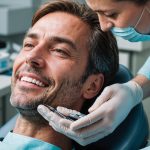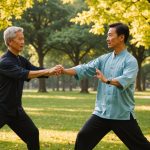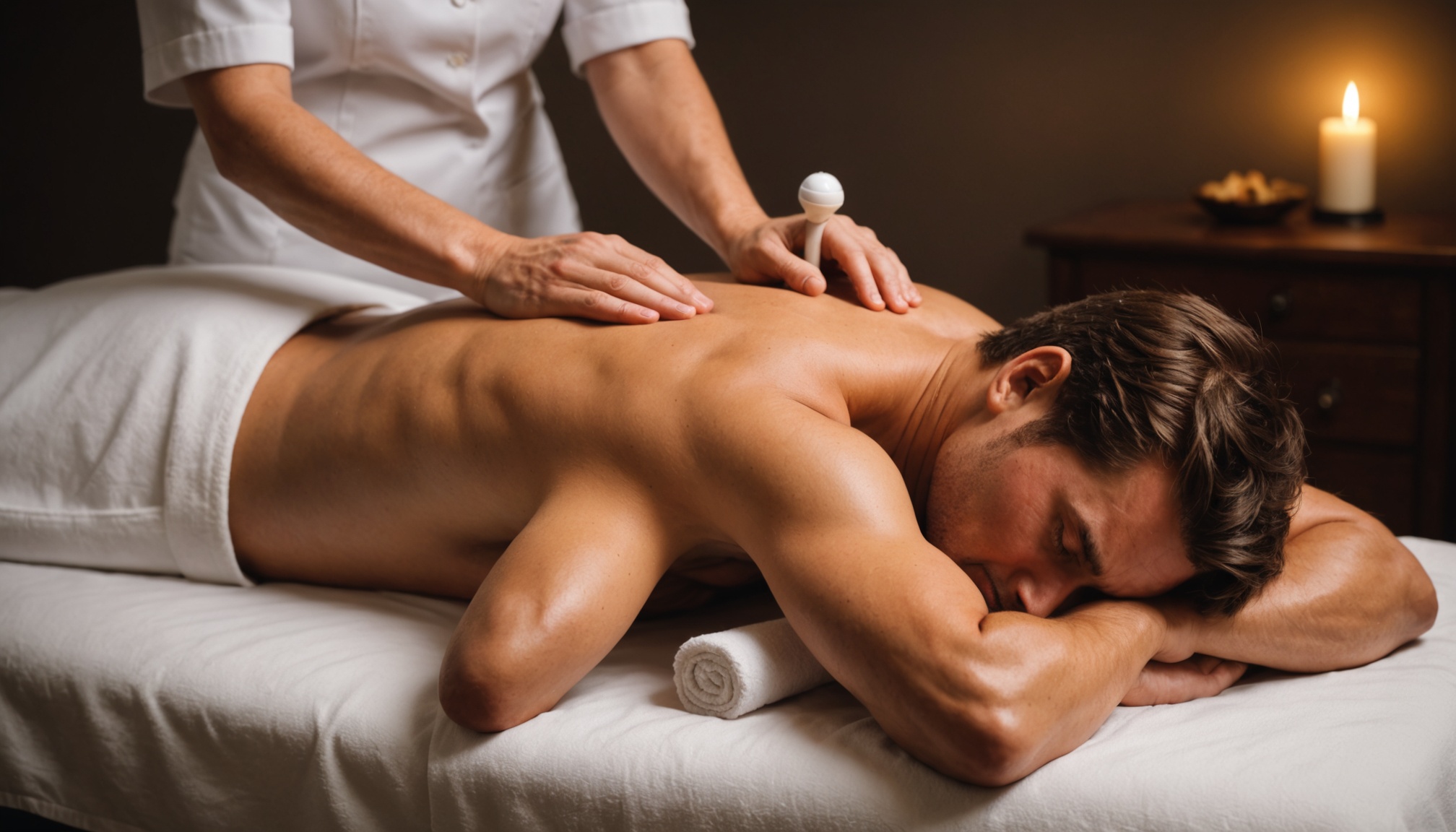Massage guns have surged in popularity as innovative tools for muscle recovery and pain relief, offering a unique alternative to traditional massage techniques. Their ability to enhance flexibility, improve circulation, and reduce soreness makes them appealing to both athletes and casual fitness enthusiasts. However, understanding their benefits and limitations is essential for effective use. Explore how these devices unlock healing potential, supported by research and practical insights into their safe application.
Advantages of Using Massage Guns for Muscle Recovery and Pain Relief
Massage guns offer a convenient solution for muscle recovery and effective pain relief. These devices work by delivering rapid percussive therapy, which helps alleviate muscle soreness. Users often notice a significant reduction in muscle tension, especially after intense workouts. Optimal use can accelerate recovery time and enhance blood circulation, promoting faster healing. Access the full content here.
Also to read : Exploring the Efficacy of Guided Imagery for Pain Management in Dental Treatments
Unlike traditional massage therapy, massage guns provide a portable and cost-effective alternative. Their versatility allows targeting of specific muscle groups effectively, which makes them ideal for addressing localized pain and inflammation. Adjustable speed settings and various attachments make them adaptable to individual needs, ensuring personalized treatment for muscle soreness.
In terms of overall wellness, the rhythmic action of massage guns not only aids in physical recovery but also contributes to mental relaxation. Regular use can help balance stress levels, providing both physical and emotional benefits. While massage guns might not replace professional therapy, incorporating them into your routine offers significant perks for post-exercise recovery and general well-being.
In parallel : Revitalize your comfort with expert orthopaedic solutions
Mechanism of Action and Usability of Massage Guns
Explanation of Percussion Therapy in Muscle Recovery
Massage guns utilize percussion therapy to facilitate muscle recovery. This involves rapid, concentrated pulses that penetrate deep into the muscle tissue, promoting blood flow and reducing inflammation. This helps alleviate muscle soreness by improving circulation and accelerating the healing process. Using massage guns for post-exercise recovery can aid in efficiently flushing out lactic acid, thus minimizing delayed-onset muscle soreness (DOMS) and enhancing overall recovery times.
Effective Usage Techniques and Frequency Recommendations
Optimal use of massage guns involves adhering to specific techniques and frequency guidelines. Start with lower speed settings, gradually increasing intensity as needed. For treatment for muscle soreness, apply the device for about 2-3 minutes on targeted muscle groups post-exercise, or 30 seconds to 1 minute before warm-ups to prepare muscles. Daily usage is safe, provided manufacturer’s instructions are followed to prevent overuse or injury.
Importance of Proper Attachment Selection for Targeted Relief
Different attachments cater to specific needs. A ball attachment is ideal for larger muscle areas, while a bullet head targets knots and trigger points. Selecting the right attachment ensures effective pain relief and optimizes the use of massage guns in addressing muscle tension relief. Proper selection maximizes benefits and provides tailored therapeutic experiences for various muscle groups.
Safety and Considerations in Using Massage Guns
Guidelines for Safe Usage to Avoid Injury
When using a massage gun, it’s vital to follow certain safety considerations to prevent injury. Start by using the device on muscle groups experiencing soreness for no more than 2 minutes at a time. Avoid applying the massage gun on areas with existing injuries, bony protrusions, or sensitive nerves, as this could worsen the condition rather than alleviate discomfort. Gradually increase the intensity from lower settings to prevent any potential risks such as bruising or muscle damage.
Populations That Should Avoid Using Massage Guns
Massage guns are not suitable for everyone. Individuals with blood clotting disorders, recent fractures, or certain skin infections should avoid using these devices due to the percussive action which might aggravate their conditions. Those who have chronic conditions, such as diabetes or use of blood thinners, should consult healthcare professionals before use. Expert insights also suggest pregnant women and individuals with pacemakers exercise caution.
Recommended Practices for Incorporating Massage Guns into Fitness Routines
For optimal benefits, integrate massage guns into fitness routines by using them both before and after workouts. Pre-workout use, no more than 30 seconds per muscle group, can prepare muscles, while post-exercise application for 2-3 minutes per area aids in managing muscle soreness and enhancing recovery. Chronic pain management techniques highlight that following recommended durations and frequencies can maximize results and minimize risks.











